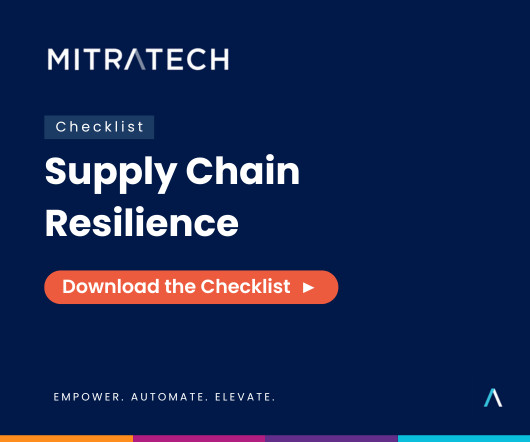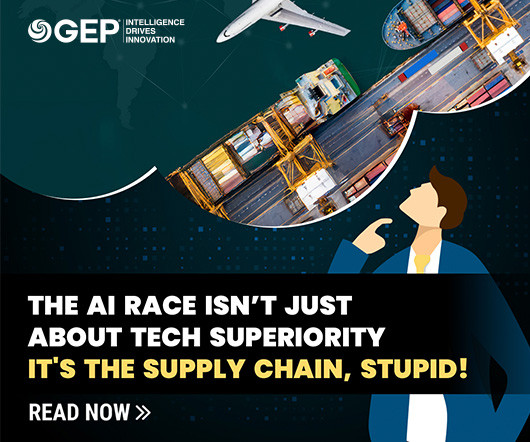How to Prepare the Next Generation of Manufacturers
GlobalTranz
JANUARY 8, 2018
The manufacturing industry has always been a hotbed for innovation and advancement — but it relies heavily on the workers who have the skills and training to fill those jobs. Experts have predicted more than 2 million manufacturing jobs will go unoccupied during the next 10 years, as the baby boomer generation starts to retire. How can we help to prepare the industry for the next generation of manufacturers?










































Let's personalize your content